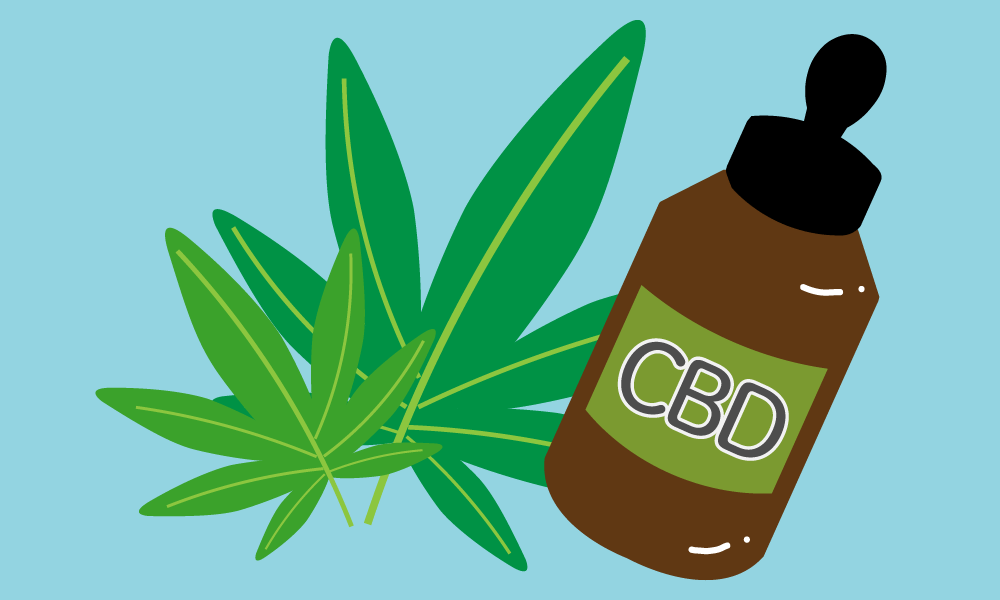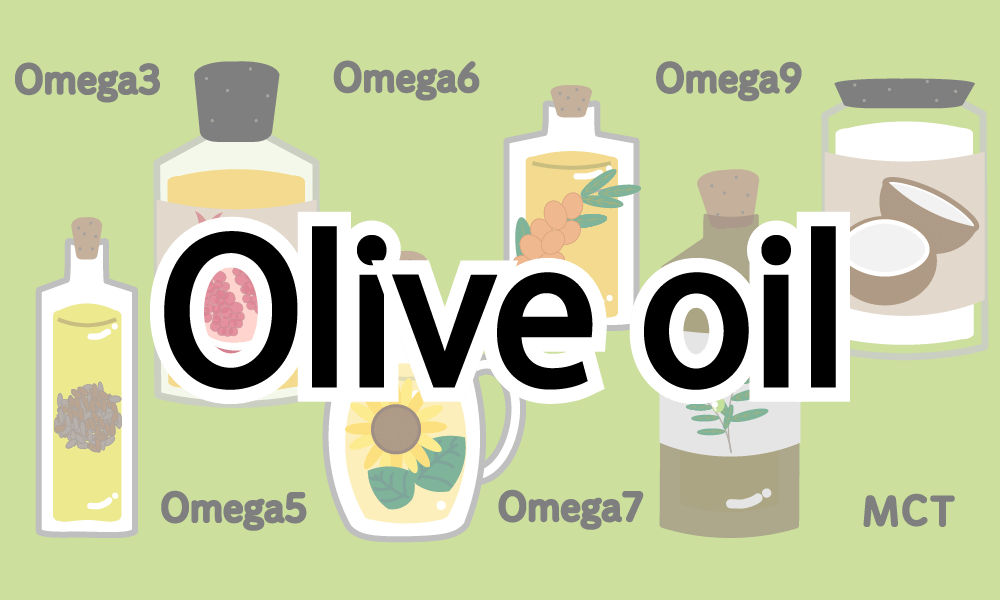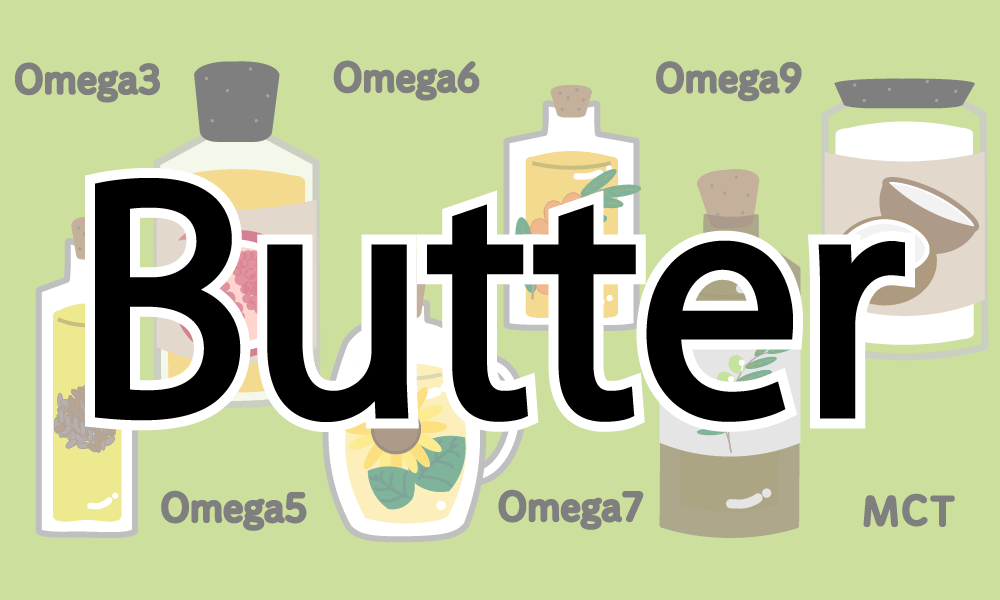What is 【trans fats】? Why trans fats are dangerous ?
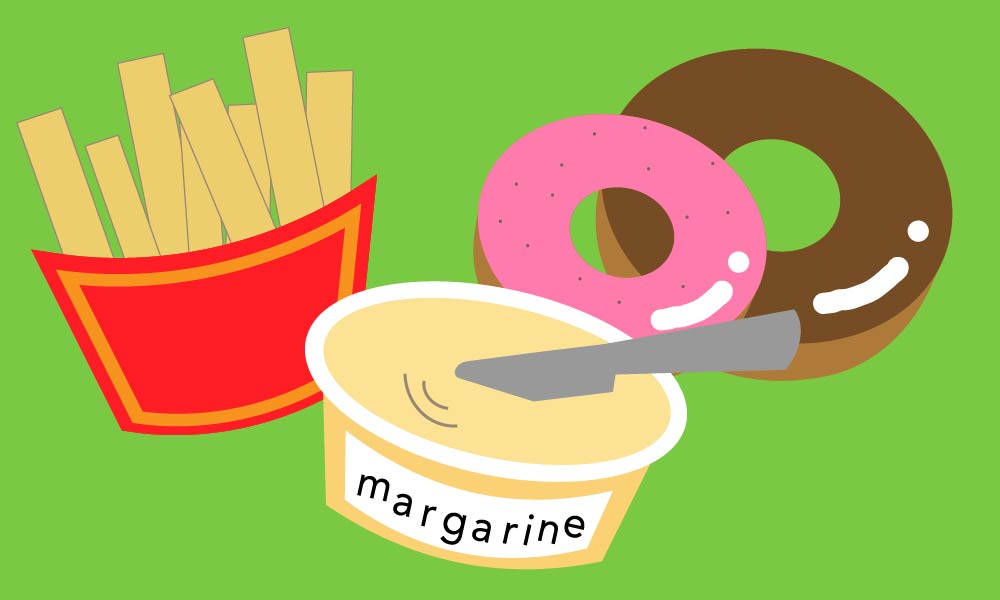
I think many people have the image that trans fatty acids are bad for the body. So how are the trans fatty acids made, how they are used, what foods they contain, and why they are used to be said to be dangerous.
\\ This article is recommended as follows //
- Those who want to know dangerous oil
- Those who want to avoid trans fatty acids
- People studying fats and oils
Contents
- 1.What is trans fats ?
- 2.How are trans fats made ?
- 3.What Happens when we take Trans Fats ?
- 4.Why are trans fatty acids used?
- 5.Foods containing trans fats
1. What is trans fats ?
First, fatty acids are molecules in which carbon (C) is linked in a chain, and have a structure with a carboxyl group (-COOH) at the end. Fatty acids are divided into saturated fatty acids that are solid at room temperature and unsaturated fatty acids that are liquid at room temperature
The structure of each fatty acid is different: saturated fatty acids do not have double bonds between carbons, and unsaturated fatty acids have double bonds.
There are two types of unsaturated fatty acids: the cis type, which has a hydrogen atom (H) on the same side, and the trans type, which has a hydrogen atom (H) on the opposite side.
Most natural unsaturated fatty acids are cis-type, but if there is even one trans-type bond, they are called trans fatty acids.
2. How are trans fats made ?
Some trans fats can be made naturally and some can be made artificially.
Made naturally
It is made by the action of microorganisms in the stomach of ruminants such as cows and sheep.
Made artificially
There are two ways to make it artificially.
One is generated when hydrogen is added to unsaturated fatty acids, which are liquid vegetable oils and fish oils at room temperature, to make solid fats and oils (like saturated fatty acids).
The other is caused by high temperature treatment to remove the odor generated by the extraction and processing of plant and fish oil.
3. What Happens when we take Trans Fats ?
Natural trans fatty acids are less than the amount contained in artificially made processed products, and because they do not have an unnatural structure, the risk of health damage is low. (Of course, don't take too much!)
So what are the risks of continuing to take artificial trans fatty acids ?
①Increase LDL cholesterol and decrease HDL cholesterol
When LDL cholesterol increases and HDL cholesterol decreases, the cholesterol level in the blood becomes unbalanced, causing arteriosclerosis and causing myocardial infarction and cerebral infarction.
②Causes weakened immune system, skin diseases and allergic diseases
Fatty acids are essential for the formation of cell membranes in the body, but trans fats are factors that form weak and unstable cell membranes. Weak and unstable cell membranes allow viruses and bacteria to enter and weaken the immune system and are associated with many diseases such as chronic inflammatory diseases, atopic dermatitis and allergies, and Crohn's disease.
③Increases the risk of carcinogenesis
The artificially added hydrogen atoms oxidize the body, causing cells to age and become more likely to develop cancer. There is data in the United States that
④Leads to dementia
It seems that the results of dementia have increased in the last 10 years as the intake of trans fats has increased.
As mentioned above, trans fatty acids are dangerous oils. In fact, the addition of trans fats to foods is prohibited in the United States, Canada, Taiwan, and Thailand. In addition, there are obligations for regulation and labeling in the EU such as Denmark, France, Switzerland and Austria, as well as in Australia, Singapore, South Korea, China and Brazil!
Given that, we can see that Japan is far behind, but there seems to be a deep dark reason for Japan to use artificial trans fats forever.
4. Why are trans fatty acids used ?
①Cheap
If margarine or shortening containing trans fats is used in sweets or bread, it is a substitute for expensive margarine. Therefore, cheap trans fatty acids are used to reduce costs.
②Easier to create and keep textures
For example, the fluffy texture of cakes and the crispy texture of bread can be easily created and the texture can be easily to keep.
Therefore, it is cheap, it makes you feel delicious the moment you eat it, and it can be stored for a long time, so it is ideal for mass production at factories such as major confectionery makers and bread makers.
It's been about seven years since I started avoiding trans fats, but now when I eat something that contains margarine, the film-like oil that remains clinging to my mouth feels uncomfortable. …. I feel that this is an artificially created unnaturalness.
5. Foods containing trans fats
Margarine
Originally developed as a replacement for expensive butter.
By the way, recently, I think you can see many margarines that sell less trans fats. Trans fats are always generated because hydrogenation is required to solidify vegetable oils.
So why is it possible to reduce trans fatty acids ? This is because they use vegetable oil, like palm oil, which are high in saturated fatty acids.
If there are few trans fatty acids, that's fine. As you might think that. But palm oil has other health hazards and environmental issues.
Fat spread
A type of margarine. It is soft because it contains less fat and oil than margarine and has more water. It is used in fruits, processed fruit products, chocolate, etc.
Shortening
Semi-solid and creamy at room temperature. It is a fat that is made by removing water and additives from margarine and is tasteless and odorless. When used for bread and sweets, it will be baked "crispy".
Vegetable oil
When the ingredient is labeled as vegetable oil, the oil is an inexpensive ingredients and is made by an inexpensive extraction method.
Most of them are palm oil, safflower oil, soybean oil, sunflower oil, corn oil, and mixed oils. These oils are processed at high temperature during the processing process, so trans fats are contained.
The above is the oil that contains a lot of trans fats.
These oils are also found in most foods such as supermarket sweets, bread, frozen foods, ice cream and prepared foods.
In addition, there are many specialty shops also contained trans fats such as bakeries and cake shops, and it is troublesome because they are not labeled. So it's harder to find those that aren't used.
Summary
It can be difficult to avoid everything, but be sure to check the label when purchasing items at the store.
If you try to buy a good one, homemade products may be cheaper, so please consider homemade products as well!
Once you're away from trans fats, there should be changes in your physical condition and taste!!
This article describes good and bad fats , so please read them together!
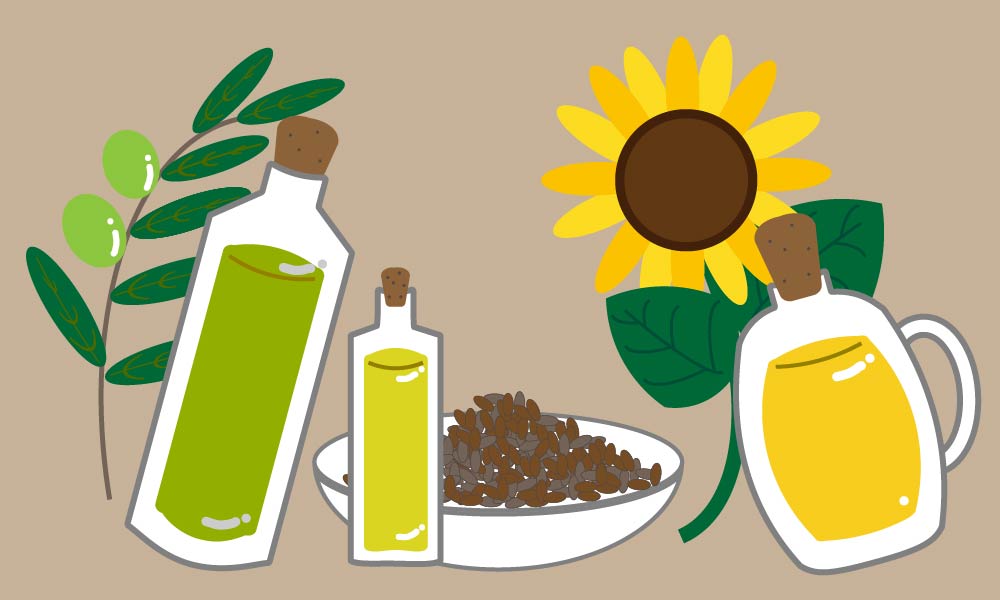
Edible fats and oils 【Beginner】Good and Bad fats and oils.
Read more


